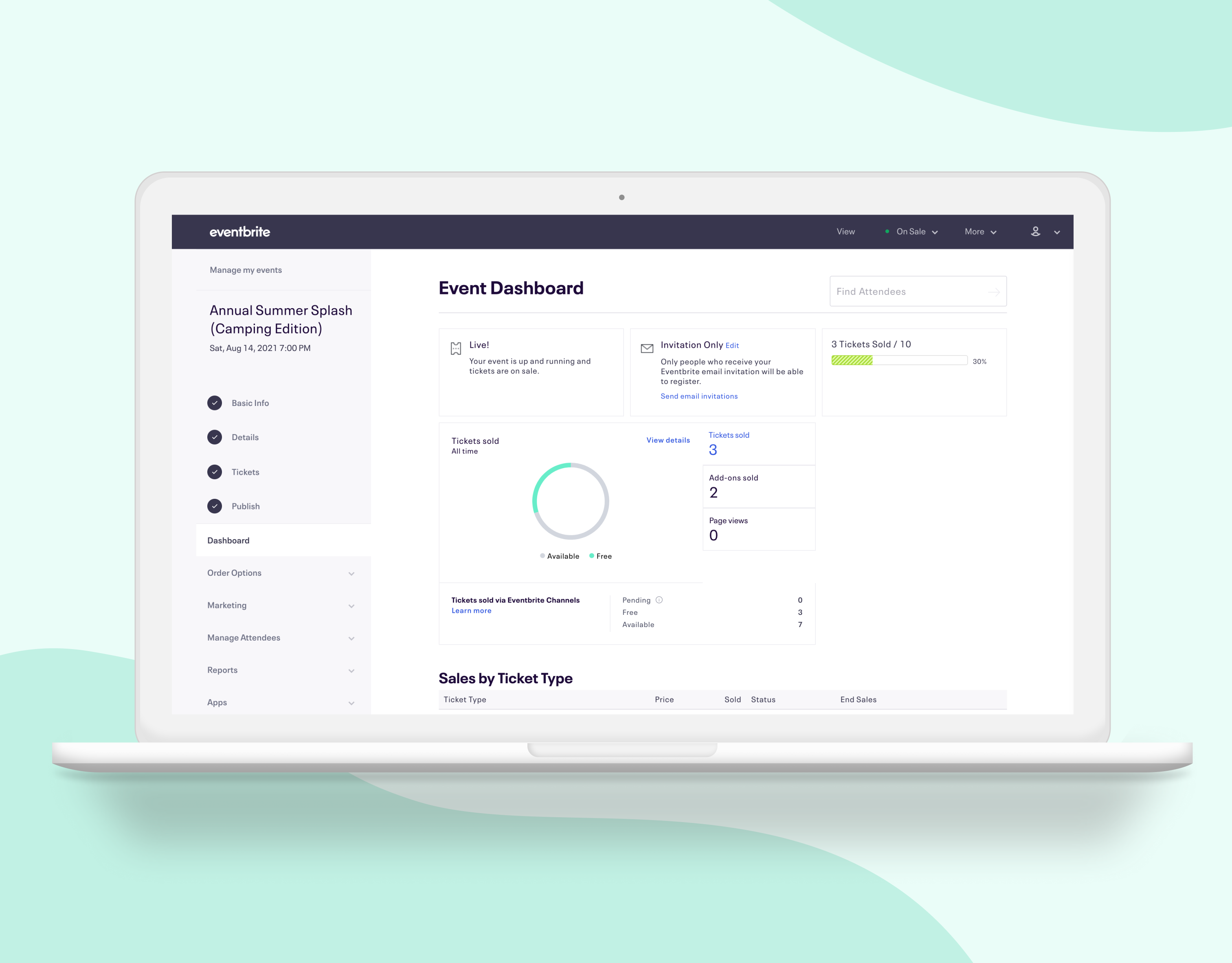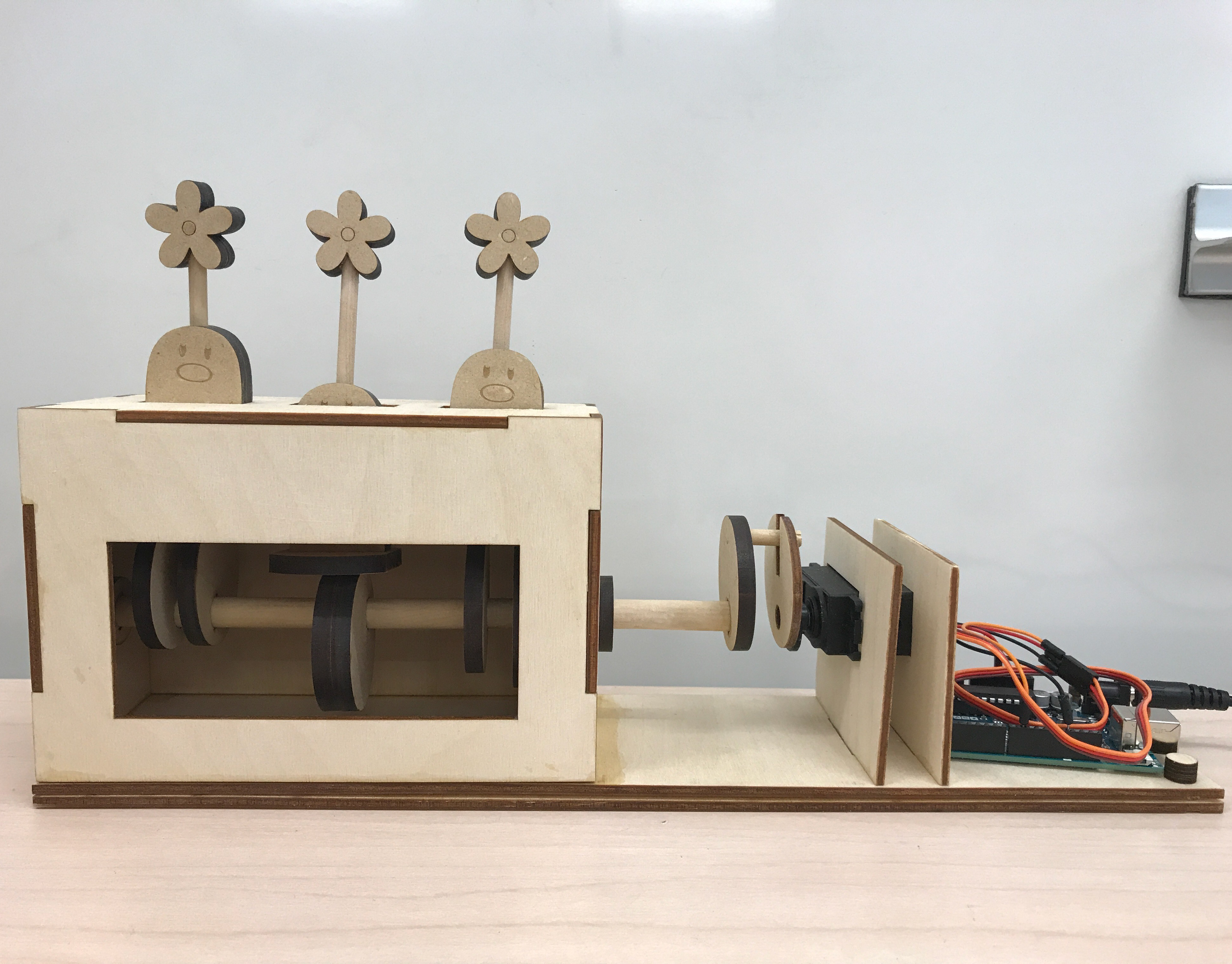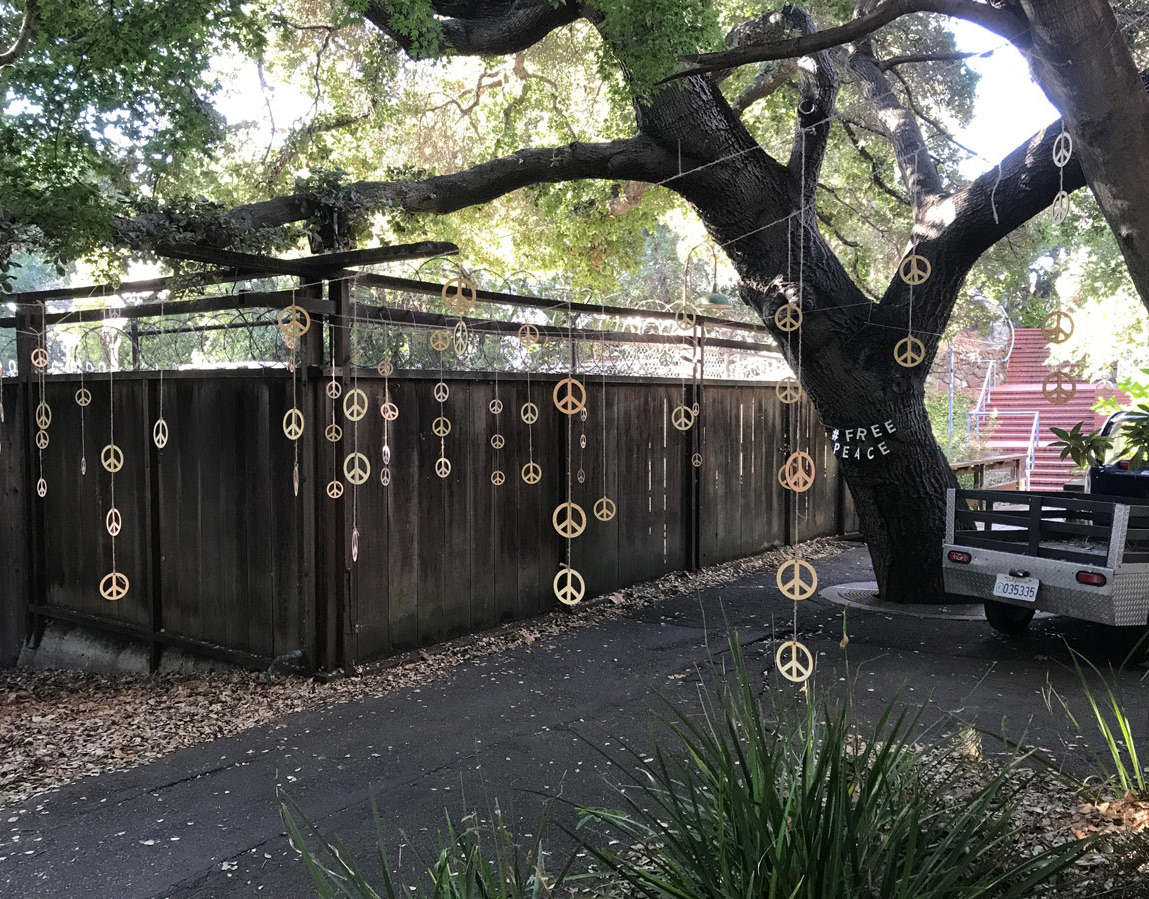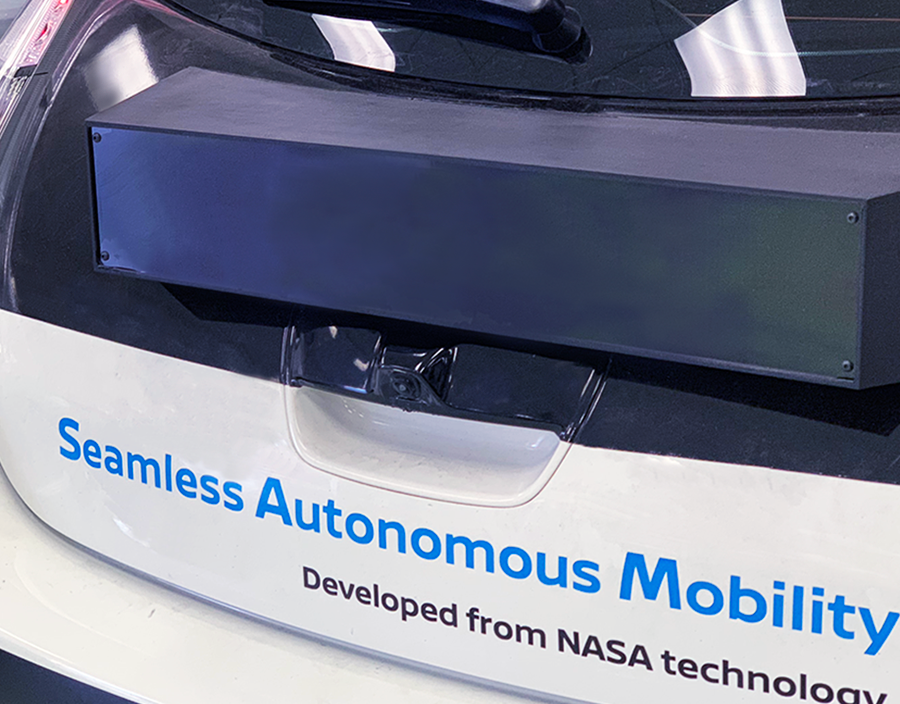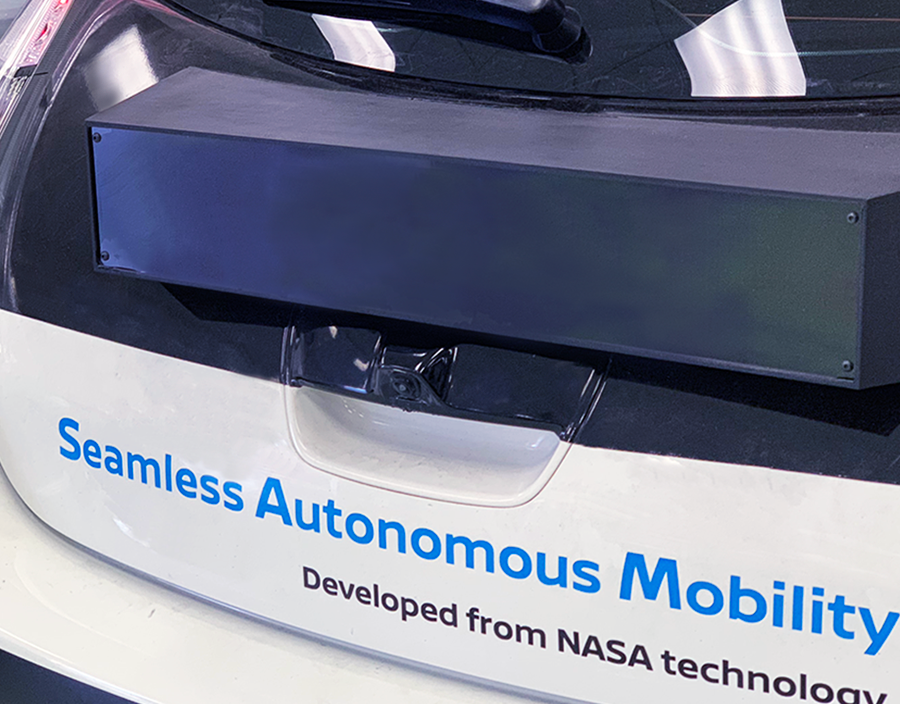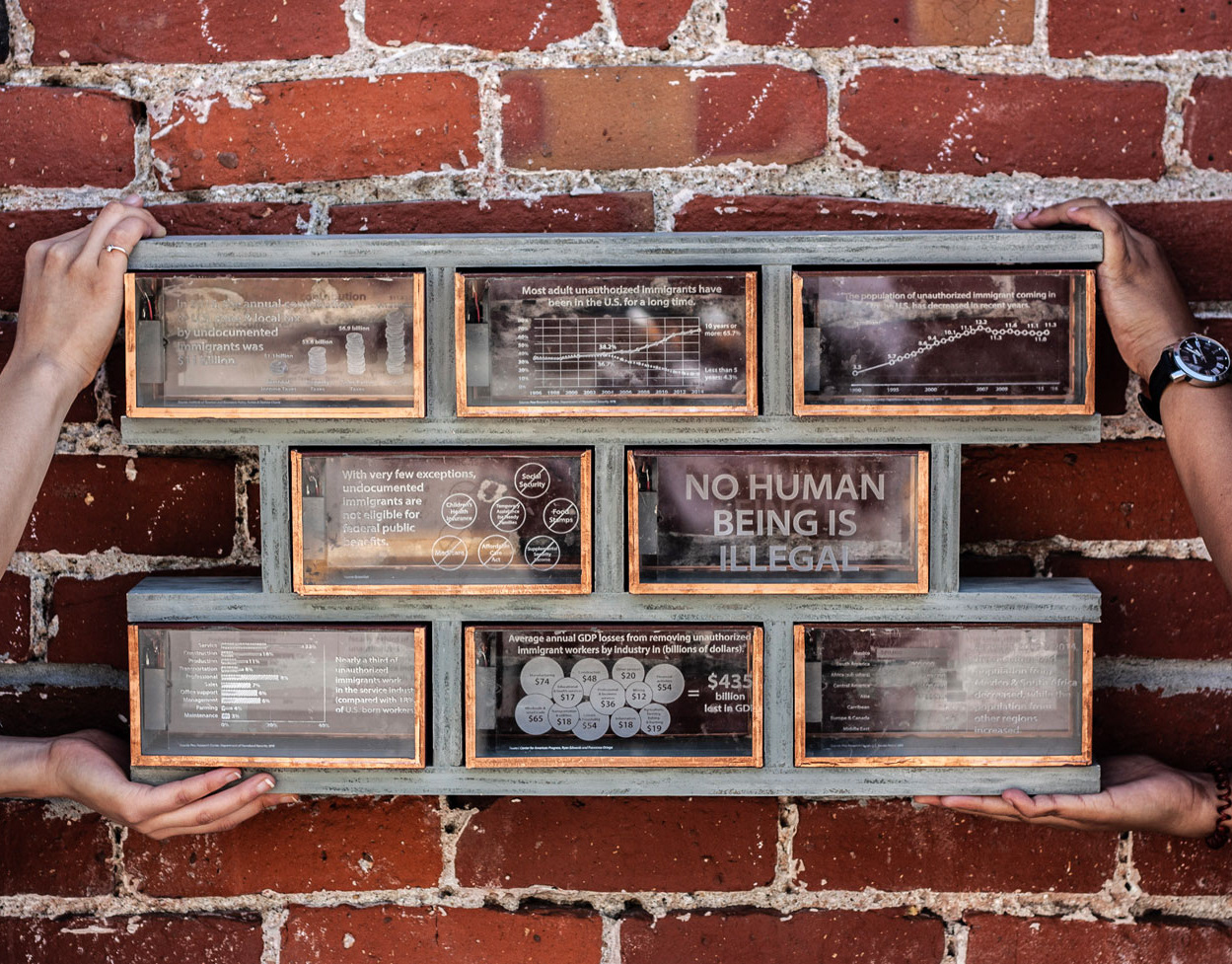A Wearable Technology for User Empathy
Berkeley Center for New Media • Wearable Design
A self-help planter that provides users with a constructive emotional outlet.
Using capacitive sensing, Tearrarium detects your tears to water your plants, turning your tears into new life.
Background
Mental health is a prevalent issue across college campuses. According to the U.S. Census Bureau report in 2017, more than 18 million students were enrolled in college in the U.S. and nearly three out of four of these students have experienced a sense of "overwhelming anxiety" at some point (source). In 2017, UC Berkeley launched "Cry Map," collecting more than 360 submissions of student's emotional experiences across campus. Among the 300+ stories, there was a recurring theme of isolation and shame associated with crying. Being students ourselves who have personally experienced the impacts of mental health concerns and social isolation, my team and I felt compelled to address this topic in ways that will bring forth new dialogues and shed light on mental health within the college community.
Project Details
This was a design provocation project for Critical Practices (New Media 190), a Berkeley Graduate Level Design Course over the span of three weeks (sprint-like).
Role
Concept Generation
- Dark horse prototype
Product Design (Planter & Irrigation Design)
- Concept and Product Sketches
- Color, Material, Theme
- 3D Modeling
- Prototyping & Fabrication
Problem Statement
We wanted to tackle the stigma against crying and somehow harness it as a catalyst for the system we build. The idea of capturing the beauty and transformative experience of growth was especially compelling to me... I wanted to highlight the ways in which something as stigmatized as crying, can bring about deeper human connection and growth, the essences of the human experience.
As a team, we asked ourselves:
"How might we transform negative emotions into positive?"
"How might we design an experience that evokes user empathy?"
My Initial concept and sketch of a tear sensing hoodie with LED
We all cry.
But crying is stigmatized,
even though crying is actually healthy.
Sometimes it's the way we express ourselves.
Concept Generation
Throughout ideation, I allowed myself to imagine the wildest possibilities by putting aside real life constraints and surrendering to my imagination. Whiteboards were covered in colorful stickies, written on them things like "cookie-baking sweatshirt" and "inflatable vest squeezes when sad." It was crucial for us to have a solid concept that we were all confident in before we can start building. We wanted our prototype to achieve the following: address the fundamental problem statement, have a compelling user experience, and novelty. After two weeks of white-boarding and dot-voting we locked down our final concept.

Ideation for things associated with positive emotions
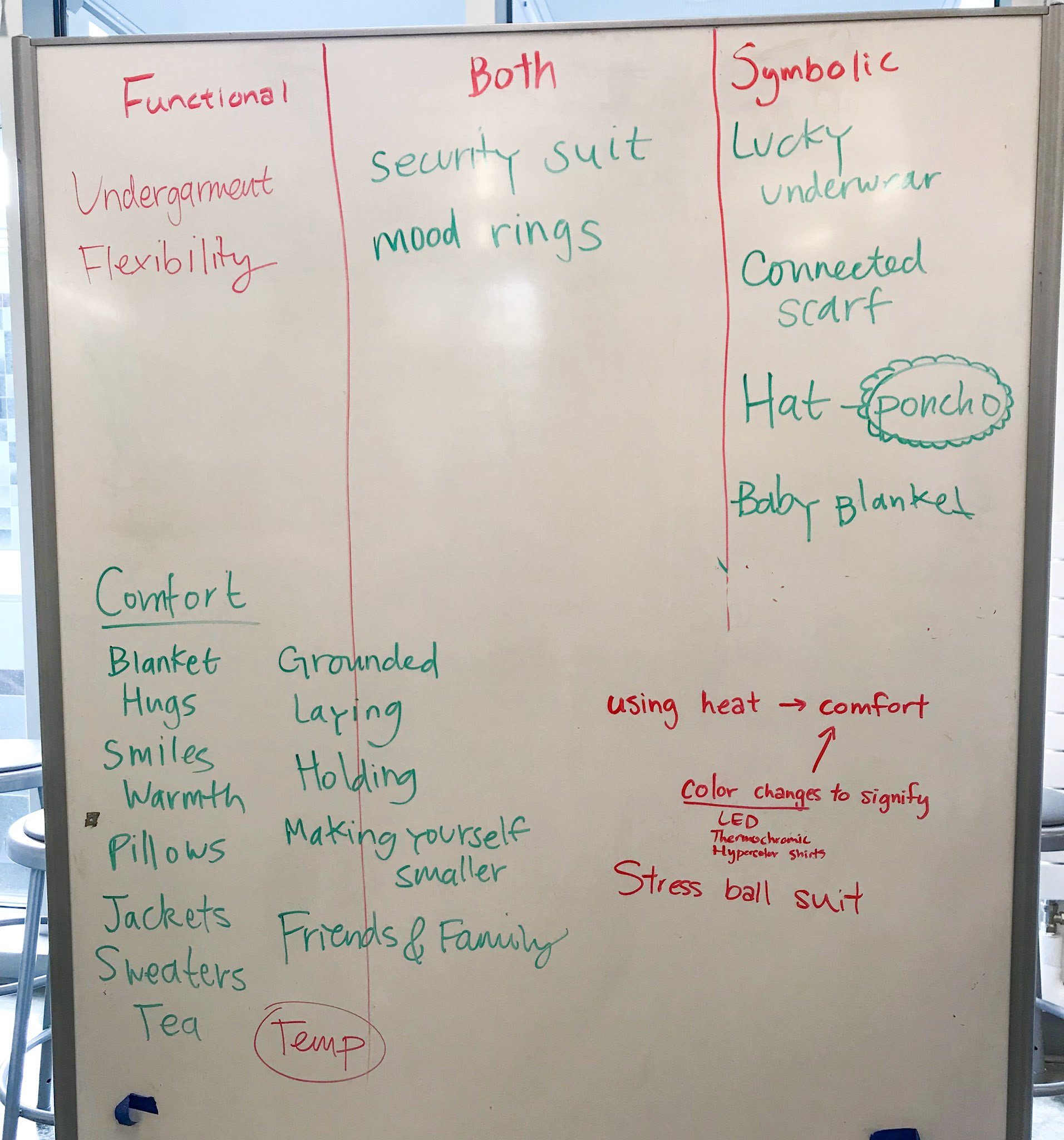
Explored concepts of wearable tech

More whiteboarding to help streamline our thoughts

Initial concept of a tear sensing corset
Fail Fast Fail Often
Through design thinking and rapid prototyping, we tested at least five iterations of topographic models made with various softwares and 3D printers.
We explored materials such as PLA, wood, cardboard, etc. to meet design and engineering requirements such as water resistance, weight, size, texture, etc.
Challenges
Unforeseen challenges arose all throughout design and build that tested my problem solving skills. Hardware alone, there were numerous components to test and build within a 3 week sprint. It was my first time 3D modeling such complex and organic form so I was excited by the challenge. Through rounds of iterations exploring forms and software, I created the final rendering in fusion360.
There were things I didn't account for, such as the difficulty of integrating the internal irrigation pump and tubing to the complex topographic wooden structure. I had to make sudden fixes and adjustments, drilling new holes in hard to reach places without interfering with the integrity of the design. More sudden challenges arose such as water leakage, pressurizing the irrigation tubing, and optimizing the internal layout of the electronics and pockets with varying depths. I learned to fail fast and try again. I often felt like we were racing against time. However, this only fueled my enthusiasm as I saw each challenge as an opportunity for creativity and growth. I was so excited to see our ideas come to life.
Process Photos
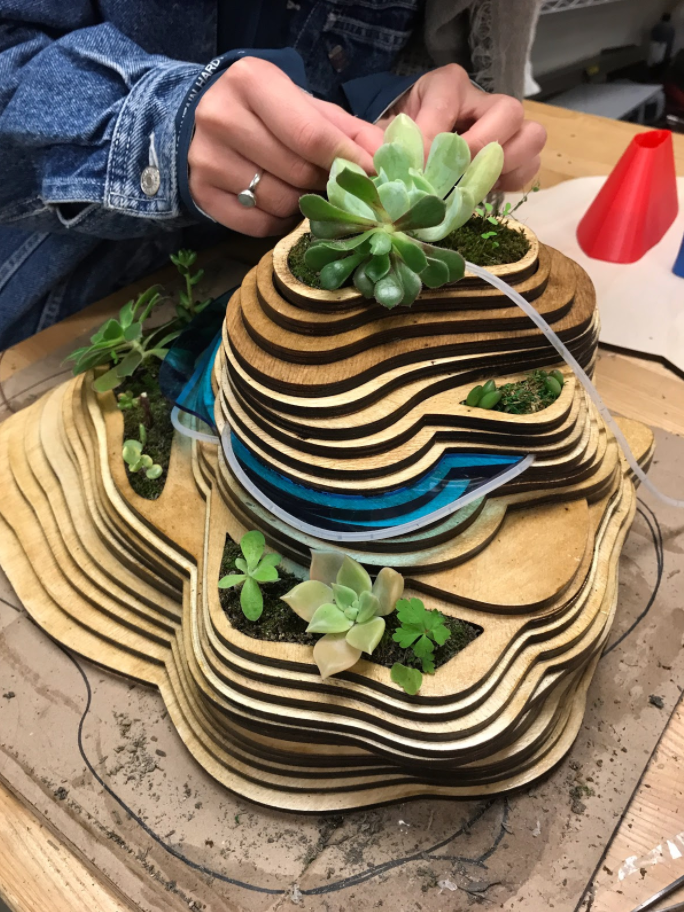
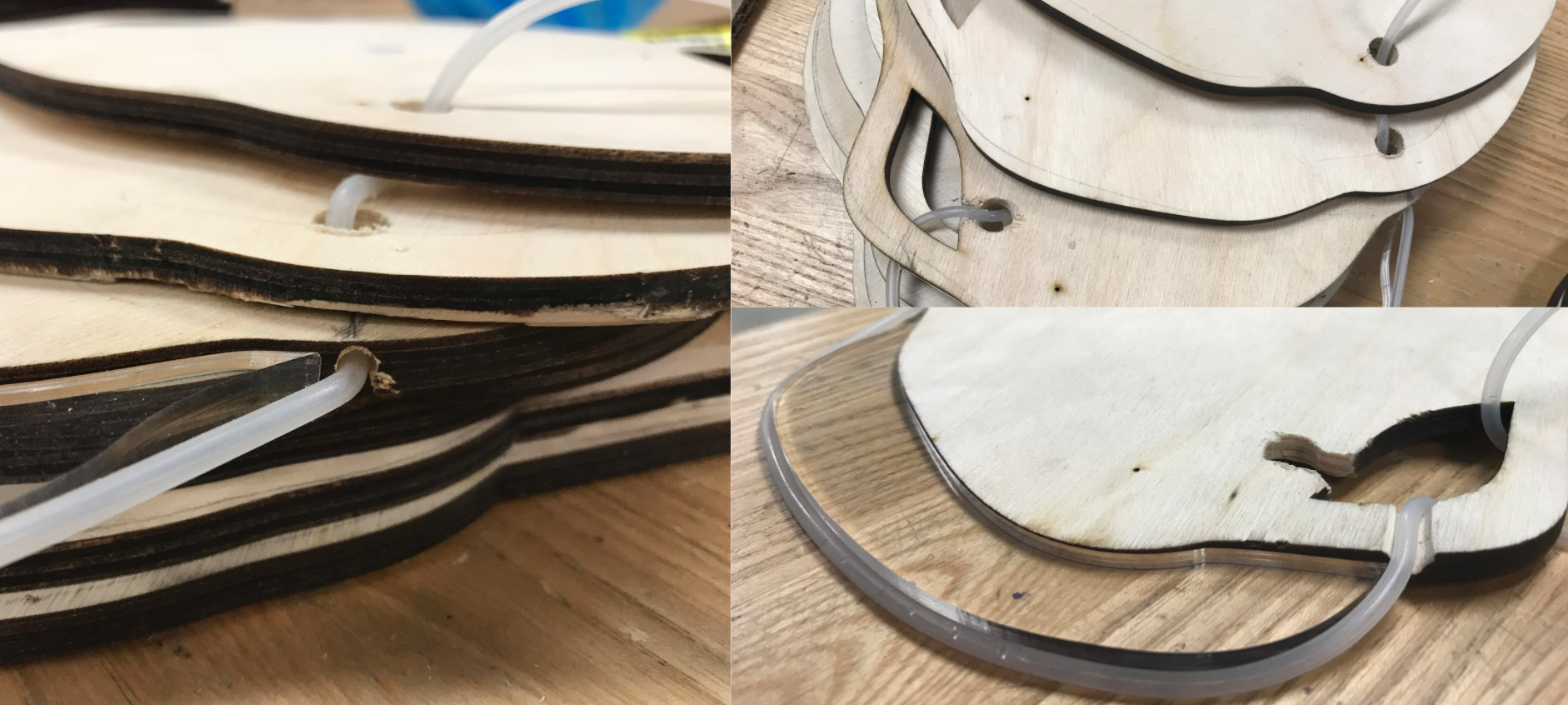

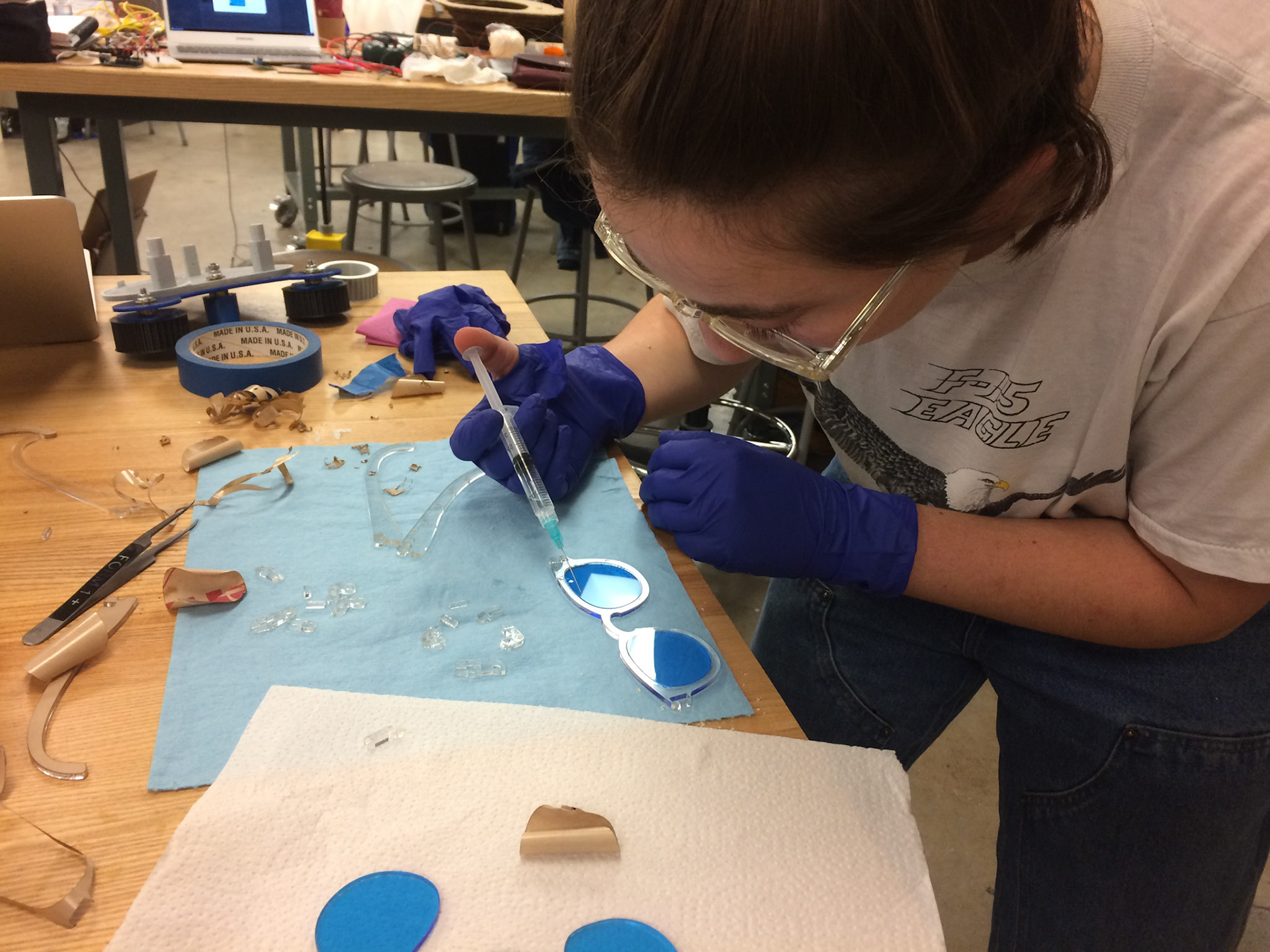
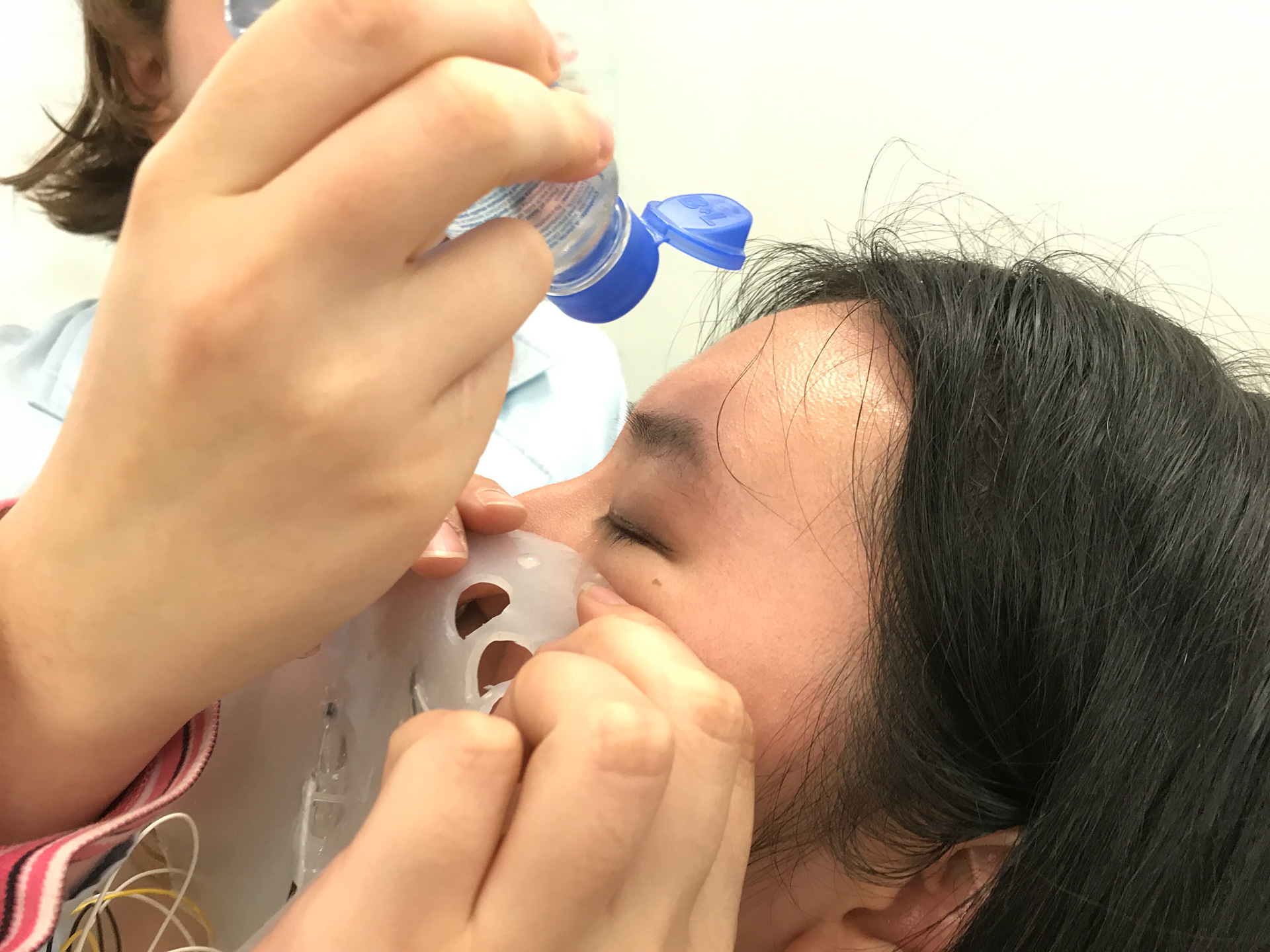
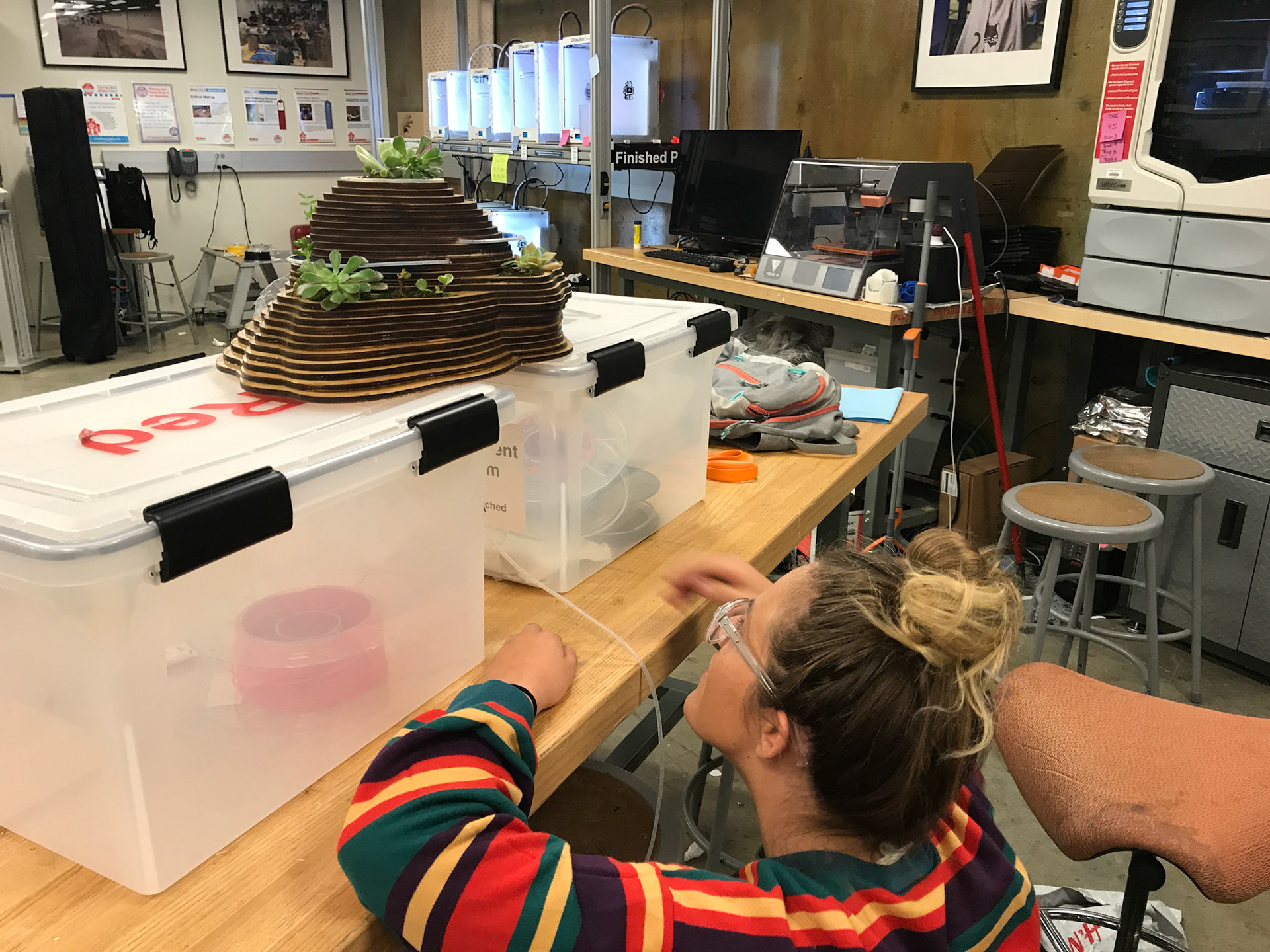
Reflections
Next step is to conduct user testing to gain feedback for our next round of iteration and how to scale our design. Current feedback suggest a more compact, lightweight, and robust design. With the design and engineering constraints in mind, I would streamline the build process for better efficiency and accuracy.
What was successful was the "Can-do" attitude from my entire team throughout the three weeks. Each member stepped up to contribute in her unique ways. We worked beautifully as a team in a way that harmonized our different strengths. The amount of passion and drive from each member was inspiring. Tearrarium has become one of my favorite and most memorable group projects.
Meet the Team
Lieyah Dagan | Arianna Ninh | Crystal Lee (me) | Fiona Duerr | Seiyoung Jang
This project was nominated by Berkeley staff to appear in Made at Berkeley 2017 publication.
Also mentioned in this Medium Article from IDEO Colab.


